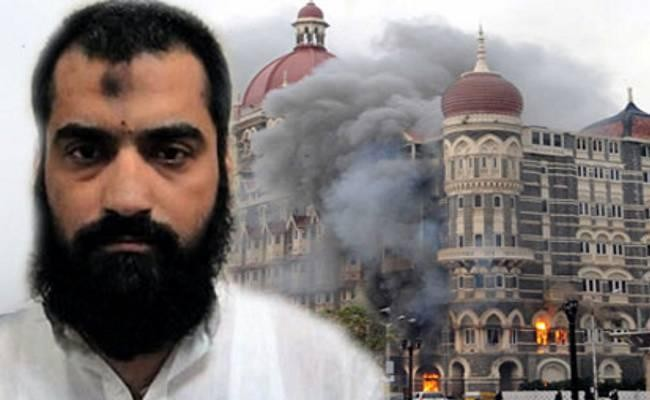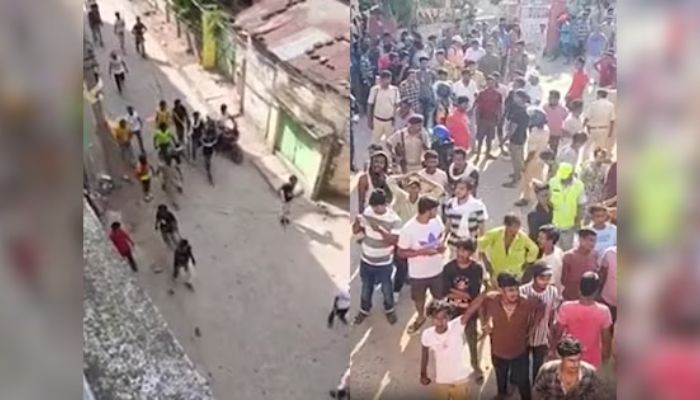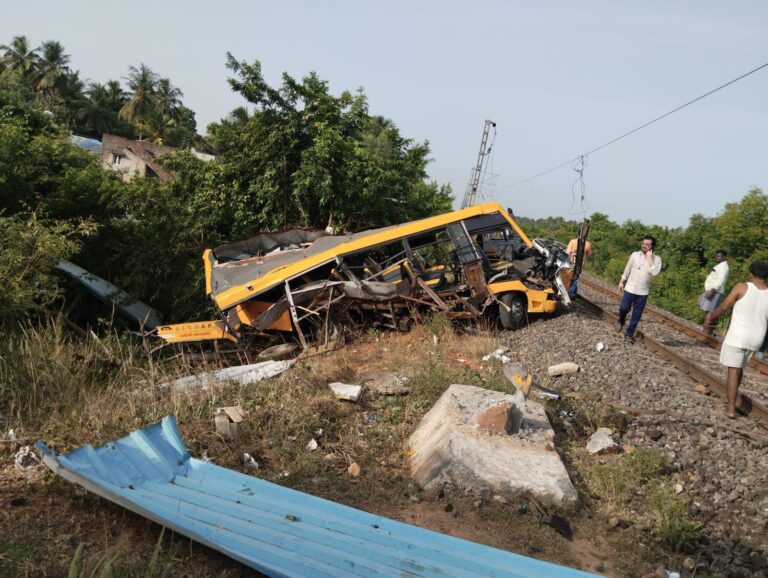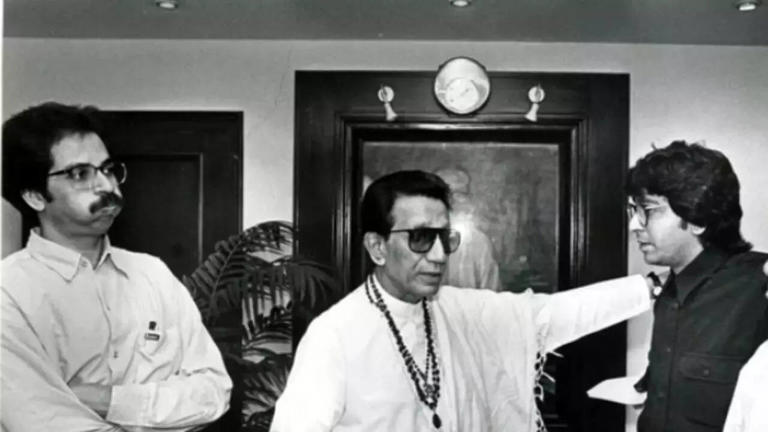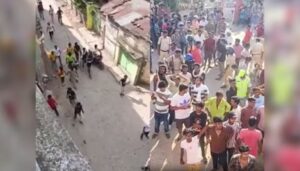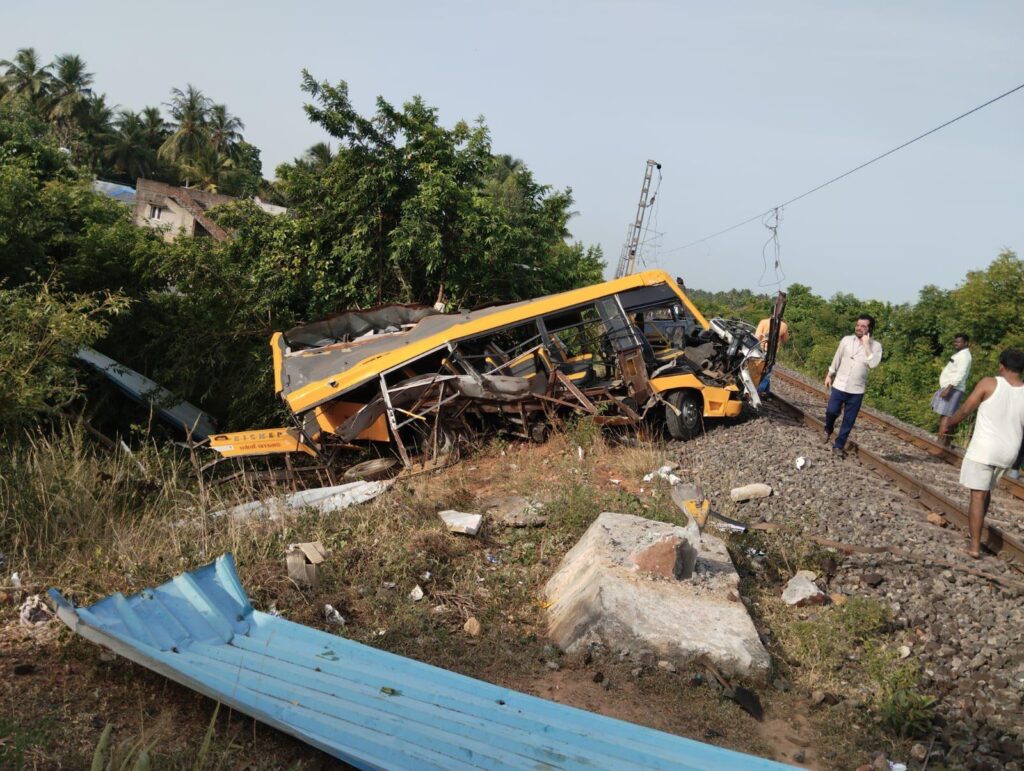How India Targeted Lashkar-e-Taiba and Jaish-e-Mohammed in a Major Anti-Terror Operation
Operation Sindoor, launched by India on May 7, 2025, marked a significant escalation in the fight against cross-border terrorism. This military operation targeted terrorist infrastructure in Pakistan and Pakistan-occupied Kashmir (PoK), focusing on groups like Lashkar-e-Taiba (LeT) and Jaish-e-Mohammed (JeM). The strikes resulted in the death of several high-profile terrorists, including Mudassar Khadian Khas, also known as Abu Jundal. This article explains the operation, its key outcomes, and its broader implications.
What Was Operation Sindoor?
Operation Sindoor was India’s response to the deadly Pahalgam terror attack on April 22, 2025, which killed 26 people, mostly tourists. The Indian Air Force and Army conducted precision missile strikes on nine terror camps in Pakistan and PoK on May 7, 2025. The primary targets were Markaz Taiba in Muridke and Markaz Subhanallah in Bahawalpur, known as operational hubs for LeT and JeM. These groups have been linked to numerous attacks on Indian soil, including the 2008 Mumbai attacks. The operation aimed to dismantle the infrastructure used to plan and execute cross-border terrorism, delivering a strong message to terror outfits and their supporters.
Who Was Abu Jundal and Other Terrorists Killed?
Among the terrorists killed in Operation Sindoor was Mudassar Khadian Khas, alias Abu Jundal, a senior LeT operative. Abu Jundal managed operations at Markaz Taiba in Muridke, a key training center where 26/11 Mumbai attack perpetrators like Ajmal Kasab were trained. He was one of India’s most wanted terrorists due to his role in orchestrating attacks against India. Other high-profile terrorists eliminated included Hafiz Muhammed Jameel and Mohammad Yusuf Azhar, both from JeM and related to its chief, Maulana Masood Azhar. Mohammad Yusuf Azhar was wanted for the IC-814 hijacking. Additionally, Khalid (alias Abu Akasha) of LeT and Mohammad Hassan Khan of JeM, a key attack coordinator in Jammu and Kashmir, were also killed. These deaths significantly weakened the leadership of both terror groups.
BIG BREAKING NEWS 🚨 Abu Jundal, the handler of 26/11 terrorists was killed in Operation Sindoor.
— Times Algebra (@TimesAlgebraIND) May 10, 2025
MASSIVE VICTORY for India !!
Shameless Pakistani Army Chief Munir and Maryam Nawaz are paying tributes to dead Pakistani terrorists in Operation Sindoor.
Pakistan is being… pic.twitter.com/Vkzef8Iwa0
Aftermath and Pakistan’s Response
The Indian government and multiple news sources confirmed the deaths of these terrorists, including Abu Jundal. Pakistan acknowledged the deaths of eight terrorists but did not officially name all individuals. Notably, Abu Jundal’s funeral in Pakistan was attended by senior military and police officials, with floral tributes from the Pakistani Army chief, raising questions about state support for such groups. The operation escalated tensions between India and Pakistan, leading to artillery exchanges and drone attacks along the Line of Control in the days following the strikes. Indian officials highlighted the presence of Pakistani military personnel at the funerals as evidence of official patronage of terror groups, further straining bilateral relations.
Operation Sindoor is a major milestone in India’s fight against cross-border terrorism. By targeting the operational hubs of LeT and JeM, India dealt a severe blow to their ability to plan and execute attacks. The elimination of high-ranking terrorists like Abu Jundal disrupted their leadership structures, potentially weakening their operations for the foreseeable future. However, the operation also heightened tensions between India and Pakistan, two nuclear-armed neighbors with a history of conflict over Kashmir. The strikes underscored India’s resolve to counter terrorism decisively, but they also highlighted the challenges of addressing state-sponsored terrorism, as evidenced by Pakistan’s apparent support for these groups. The long-term impact of Operation Sindoor will depend on how both nations manage the resulting tensions and whether Pakistan takes steps to dismantle its terror infrastructure.


